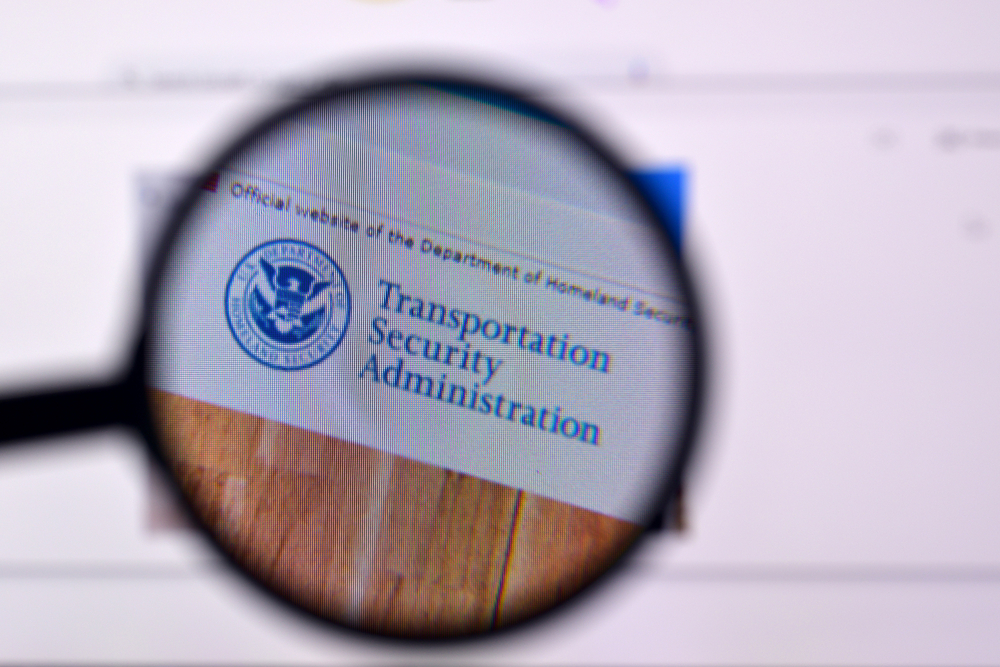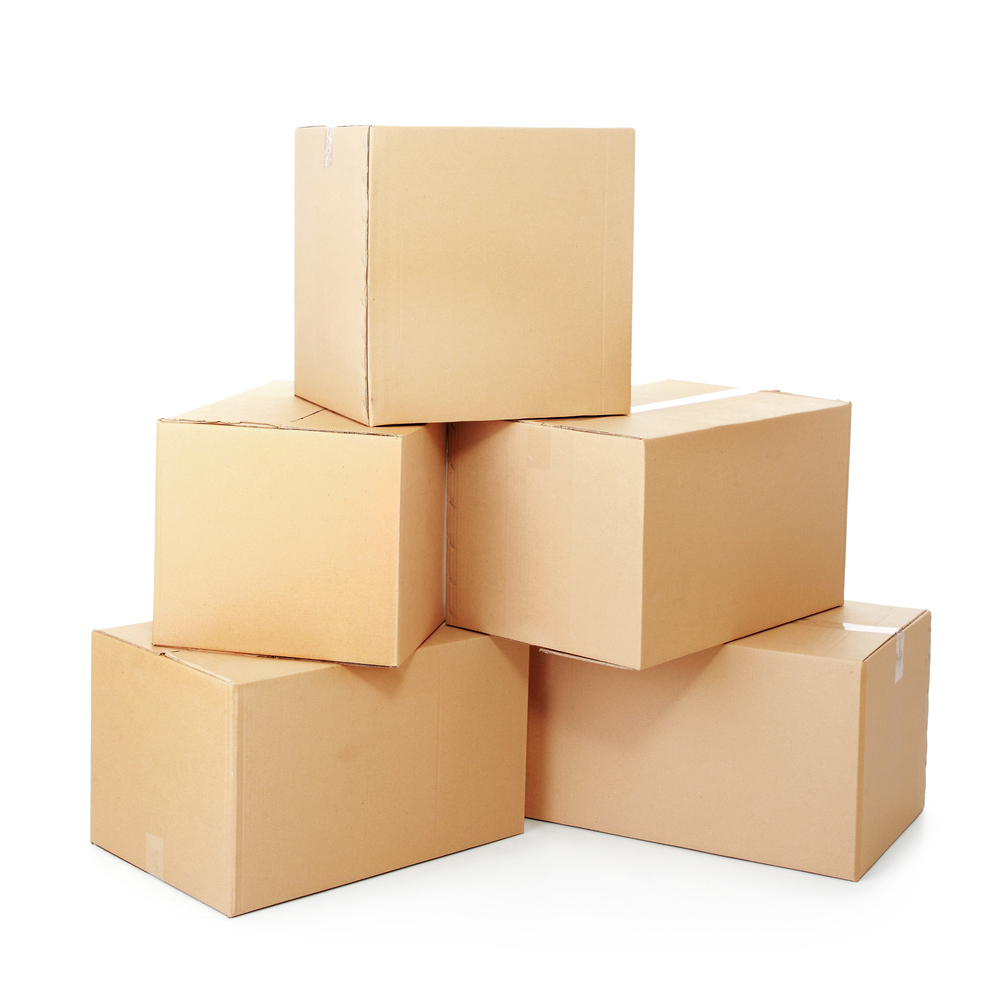
Have you ever considered flying with bowling balls? As you're likely well aware, air travel can be tricky for many people. The regulations, checkpoints, security processes, and time management needed to successfully navigate your journey from one airport to another can be stressful at best.
For bowlers, another element of concern is the transportation of their equipment, which adds to the intricacy of air travel. You’ve probably heard many concerning stories and tales of air travel mishaps.
You could have heard of either the misplacement of luggage (“What do you mean it was sent to South Africa?!”), broken objects (“Pretty sure my bowling ball wasn’t broken in half when I checked it in.”) or the hassle TSA agents can provide. (“We are going to need you to open your bowling ball so we can check inside it.”)
With so much that could go wrong, what do you do when you need to travel by air and you need to bring bowling balls?
Contents
Flying With Bowling Balls: Can You Bring a Balling on a Plane

Yes, bowling balls are allowed on planes as carry-ons and check-ins (source), according to the official website of America’s Transportation Security Administration (TSA),
Now while this is a good basis to go off of for the transportation of your bowling ball and other equipment, the website also goes on to disclaim that the final decision rests with the TSA agent that checks your bag.
So, while bowling balls are ‘generally’ accepted onto planes, each airline can have different regulations for their flights concerning where bowling balls should go. Therefore, it is important that before you book any flight on any airline, you check the airline regulations.
Key Takeaways
- TSA and Airline Policies: According to TSA guidelines, bowling balls are generally allowed as carry-on and checked baggage on planes. However, final approval depends on the TSA agent and individual airline regulations. Always check with your airline before traveling to understand their specific rules and weight limits for transporting bowling equipment.
- Packing Essentials: Invest in a specialized bowling ball bag for transport, offering built-in protection. Options include shoulder bags, backpacks, and rollers, each with advantages for ease of transport and protection. Use zipper locks to secure your bag and prevent accidental openings.
- Weight Management: Keep airline weight limits in mind. If traveling with multiple bowling balls, consider splitting them between carry-on and checked luggage to avoid overweight fees. Weigh your luggage during packing to ensure compliance with airline regulations.
- Emergency Preparedness: If your luggage is lost, pack essential items like shoes and accessories in your carry-on. Carry a copy of your grip specifications to replace or drill a new ball quickly if necessary.
- Alternative Shipping: For those preferring not to carry their bowling balls on a plane, the United States Bowling Congress (USBC) offers a Bowling Ball Express service through the USPS, providing an alternative method for transporting bowling equipment to tournaments.
Check Airline Regulations
Seriously, just doing something as simple as taking the time to look over the rules and regulations of your chosen airline can save you loads of trouble later. Doing this can help you select the perfect flight to keep you and your bowling equipment safe as you fly the skies.
Checking the airline regulations can also help you figure out how to pack your bowling equipment.
For example, if you are bringing multiple bowling balls, for instance, six bowling balls, with you and the airline only allows fifty fifty-pounds as the limit for their carry on bag, you now know that you can bring some balls with you into the cabin, but you will also have them as checked bags in a few of your balls to be transported with the rest of the extra luggage.
Regulations will also help you know where you can put your bowling balls should you choose to bring them in the cabin with you.
| Category | Key Considerations | Details |
|---|---|---|
| TSA & Airline Policies | Approval & Regulations | Bowling balls are generally allowed as carry-on and checked luggage. Final approval rests with TSA agents; check individual airline regulations for specific requirements. |
| Bag Types | Protection & Convenience | Choose from shoulder bags, backpacks, or rollers for transporting bowling equipment. Consider protection level, ease of carrying, and compliance with airline cabin rules. |
| Weight Management | Avoid Overweight Fees | Be mindful of the airline's 50 lbs weight limit for luggage. Split bowling balls between carry-on and checked baggage if necessary to stay within weight allowances. |
| Emergency Preparedness | Essential Items & Backup Plans | Pack crucial accessories in carry-on. Carry grip specifications to replace or drill new balls. Consider alternative shipping like the Bowling Ball Express for convenience. |
| Alternative Shipping | Bowling Ball Express | For those preferring not to carry their equipment, explore services like the USBC's Bowling Ball Express for secure transportation to tournaments. |
Many airlines forbid the stowing of bowling balls in the overhead compartment and insist they are left under your seat. This is actually done for a good reason!
Your bowling ball is a heavy object, with weights ranging from twelve to eighteen pounds. Should there be some rough turbulence during your flight both you and those seated around you do not want those bowling balls falling out of the overhead compartment, on flight concussions are not fun!
What Do I Need to Safely Pack My Bowling Balls?

There are several things you will need for packing and transporting bowling equipment. Besides for just traveling these tools can be handy for regular, everyday transportation and work to keep your bowling ball safe during transport.
Investing in good, protective equipment can help save your bowling balls from damage that can happen as your luggage is handled during transport.
This protection is especially important if you are on your way to a tournament since you don’t want to arrive at a high stakes game and have your bowling all in rough shape.
Bag
The bag you use to transport your bowling ball is perhaps the most important line of defense your ball has. Unfortunately, a regular bowling bag won't do. Transport bags come in different sizes, shapes, and styles, but the most important thing to remember when selecting your bag is to choose a tote bag made explicitly for bowling ball travel.
Transport bags come with built-in protection and strength and are specially designed to cushion your ball during transport.
As we mentioned before these totes come in many different sizes and styles. Some bags only carry one to two balls while others can carry up to four.
Some are specially designed to break apart into different configurations so you can change up how many balls you can carry as needed. Others have extra features like retractable and locking handles, while others have designated spots for bowling shoes.
While the sizes may vary there are usually three specific styles these totes fall under, each with their own positives and negatives for travel.
Shoulder Bags
As the name implies, these bags are designed to be carried over the shoulder as they are used for transportation. These bags generally come in smaller sizes, with a three bag tote being the usual maximum.
These bags are great if you are already hauling a lot of luggage and have your hands full. They can usually fit underneath economy class seats as well, though different brands and sizes may need some squeezing to fit.
(Again, check your airline regulations!)
They do force a lot of weight onto one shoulder of your body though, especially if you’re using them to transport three balls, so make sure to carry it on your non-dominant side to avoid injury before a tournament.
They are also on the side of your body so you need to be extra careful when maneuvering through tight spaces, you don’t want to bang your bowling balls around, even if they are well protected.
Backpacks
Just like the kind you see being hauled around a school, only this time its bowling balls instead of books you’re carrying!
These bowling ball totes usually only come in sizes for one to two bowling balls and that’s a good thing, you don’t want a lot of weight straining your back before a tournament!
The smaller sizes make them easier to fit below your seat as a carry-on, though once again squeezing may be needed.
Like the shoulder bag, the backpack helps keep your hands free for toting other luggage around.
Its location on your body also works to keep your bowling balls safe since you don’t have to worry as much about banging them against things as you work your way through the airport and onto the plane.
Rollers
This style of tote is preferred by many of the professionals. These are the totes that can (depending on the size you buy) carry up to four bowling balls for traveling.
Rollers can also come in styles that come apart and be configured in different ways. This allows you flexibility in how big you want your bag to be.
Rollers also take the weight off your body in carrying your bowling balls. By using a roller you are able to transport your heavy bowling balls without the risk of straining your body before you go to an important tournament.
Like with the other style of bags, you do need to be careful to make sure the roller tote doesn’t run into anything. Protection in the form of a tote is a great preventive step but why risk unnecessary damage?
| Bag Type | Size Capacity | Features | Ideal For |
|---|---|---|---|
| Shoulder Bags | 1-3 balls | Easy to carry, fits under economy seats, puts weight on one shoulder, requires careful maneuvering | Travelers with less luggage, short trips |
| Backpacks | 1-2 balls | Ergonomic, easy to fit under seats, distributes weight evenly on back, minimizes bumping risks | Solo travelers, hands-free convenience |
| Rollers | Up to 4 balls | High capacity, configurable, wheels for easy transport, avoids physical strain | Professional bowlers, long-distance travel |
Zipper Locks
These handy devices can be commonly found in department stores, specialized travel stores or online. While designed with the purpose to keep people out of your luggage, for bowlers, they also double as a tool to keep your bowling balls in.
Believe it or not, if a bowling ball bag is set just right, with just enough gravity or turbulence, a heavy bowling ball can work a zipper open and pop right out of its bag.
The zipper lock prevents this from happening by securing the zipper so it doesn’t get slowly worked open, preventing the damage that can occur from unexpected drops.
Towels/Clothes/Cushion
While bowling bag totes provide a good first line of defense in the protection of your bowling ball for an extra measure of protection you can pack protective cushion around your balls in the bag.
You don’t need to buy anything specific to cushion your ball, although there are certainly ball cushions out there should you want them. Instead, you can take soft items from around your house, such towels, small blankets or even the clothes you are bringing with you and pack them around your ball in the bag.
(Note: If you plan to use clothes make sure you don’t mind them getting a little oily or have a buffer between them and your ball. Since your bowling ball naturally absorbs oil it will probably sweat oil out onto your cushioning during transport.)
Cleaners
This topic is a little different than the rest because instead of telling you to bring cleaner, we are telling you to not bring your own cleaners with you on the plane.
Unless you are doing a check-in bag, just leave your cleaner at home and purchase a small bottle at the tournament you are traveling to.
This way you can bypass the liquid regulations of planes, save yourself some time, and have a cleaner that you know is legal for tournament use!
Read this article to learn how to properly clean a bowling ball.
How Do I Pack My Bowling Equipment For Travel?
Now that you know what type of equipment you need to ensure your bowling ball’s safe travel here are some travel tips on how to pack your bowling ball equipment!
1. Take the Essentials With You: If you are doing a check-in bag as well as a carry-on, always stuff your shoes, braces, and anything else you absolutely need with you at the tournament in the carry-on.
That way, if your luggage should be misplaced, you at least have your broken-in shoes, broken-in braces, and the other necessities you require at the tournament. A bowling ball can be bought and drilled at the tournament, but broken-in shoes are much harder to replace.
2. Split Up Your Bowling Balls: This is the same principle as tip number one, except with your bowling balls. If you are bringing a large number of bowling balls, try to bring at least your main ball and a spare ball into the cabin.
That way, if the rest of your balls are misplaced (a fate we wish upon no one), you will at least have two of your personalized balls ready to go.
3. Weigh Everything: Seriously, weigh everything as you pack for the trip! After you’ve checked your airline regulations, you should know how much weight they allow for carry-ons.
This allows you to weigh your luggage as you pack and prevents you from being charged a fee if it exceeds the allowed weight.
4. Bring a Copy of Your Grip: In the horrible event that your bowling balls are wrecked or lost, you should have a copy of your grip on hand.
That way, if needed, you can buy a ball at the tournament and get it accurately drilled to suit your needs and style.
5. Watch the Weight Scale: As silly as this could sound, watch when your agent weighs your bags. Sometimes, they forget to zero the scale, which may put you over the weight limit.
The attendants are usually quite polite and willing to do another measuring for you, but on the off chance, you get someone unwilling to try again with a zeroed scale, hold your ground. They’re not the ones who will have to pay weight fees should their bags read too heavy.
Other Bowling Ball Shipping Services
If you are still looking for an alternative way to ship your bowling balls, instead of carrying them on a plane, the United States Bowling Congress (USBC) partnered with United States Postal Service (USPS) to offer Bowling Ball Express (BBE).
My Final Words
Traveling to a bowling tournament should be a fun and exciting experience, and there is no reason it can’t be! Successfully flying with bowling balls hinges on understanding TSA and airline-specific regulations, choosing the right protective gear like specialized bowling bags (shoulder bags, backpacks, rollers), and employing strategies for weight management to avoid fees.
For seamless travel, it's crucial to prepare for emergencies by packing essentials in your carry-on and considering alternative transport services like the Bowling Ball Express offered by the USBC. Demonstrating expertise in navigating these aspects ensures your bowling equipment arrives safely and ready for tournament play, highlighting the importance of planning and knowledge in air travel with sports equipment.
Kira Byrd, a Certified Fraud Examiner, holds a B.S. in Accounting from the University of Alabama at Birmingham. With a passion for bowling from her childhood, Kira has poured her expertise and personal experiences into creating and nurturing Bowling For Beginners. Kira's mission is to meet new bowlers where they are and guide them toward consistently achieving higher scores. With a focus on skill development and strategic techniques, she empowers readers to take control of their game and unlock their true potential.
Bowling For Beginners embodies strict editorial integrity, ensuring reliable and unbiased information. Kira's commitment to delivering valuable insights and practical strategies is reflected in every article. Here's an explanation of our editorial policy and how we get money.





